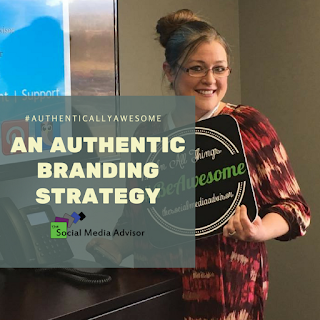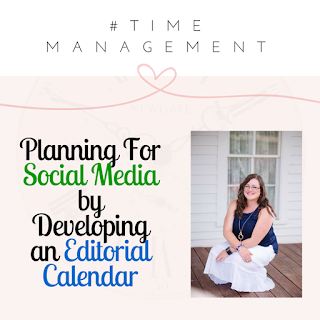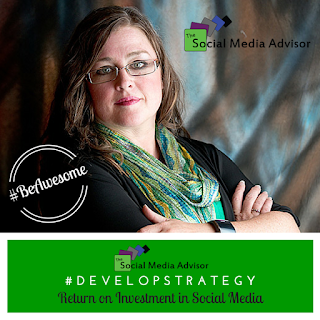It’s 5 p.m. after a long work day and you sit in front of your computer or mobile device primed and ready to write a promotional post for your company, product, service, etc. for your favorite social media platform. And yet you stare, unable to come up with content. Or worse yet, you can’t remember if there was a meme, challenge, hashtag, or event you were supposed to mention or use today. Does this seem familiar?
How about this? As you’re going through your social media accounts you realize you haven’t posted on your blog or Instagram in days or even weeks. Now you know, based on several studies, that you should have at least two blog posts a week and consistent posts on Instagram to keep people engaged. Worse yet, when you go to your Facebook page, you realize you posted four or five of the same kind of content or pitch in a row.
Wait, there’s more. What if your twitter account is lively, but there are messages you haven’t responded to just sitting there?!?
While social media can be fun, it can also be mentally draining. You’ve made decisions all day long, sometimes into the weekend, and there are thousands more coming. Trying to keep track of it all may seem like an impossible dream.
It’s not.
You, my friend, need an editorial calendar.
What is an editorial calendar and how is this different from a regular calendar? I’m so glad you asked. An editorial calendar is a visual layout of your future social media posts. It gives you a single snapshot of upcoming content, tracks your previous posts, and best of all, becomes an anchor in the sea of social media analytics. Did you have a theme that did particularly well? How about a heartfelt post that drove interaction up? What triggered your sudden spike in Facebook likes?
As it is typical for your team to have access to the editorial calendar, you’ll want it keep it social media focused. Does your blog count as social media? Some say yes, others say no. If you end up sharing it or pressing it to social media upon publishing the post, then I say it definitely counts and should be included.
So how do you set up a social media calendar?
Whether you hand write it on a paper calendar, planner, use Google calendar, Evernote, a word processing document, or spreadsheet, there are many ways to get your calendar started.
First, you want to set up a regular posting schedule. It can be as intense or laid back as you like. Some prefer to set up daily posts and others prefer to make a list at the beginning of the week or month. It makes no difference how you set it up. Try a few things out and see what works best for you. Pay attention to your peak times – those times of day where followers or viewers tend to visit your pages the most. That’s when you are going to want to schedule your posts.
Second, make sure your schedule is doable and not full of wishes. Time is money. You’ve heard that phrase. How long does it take you to write a blog post? Hunt down quotes? Build images for your twitter feed? Keep a mental picture of the time involved in your mind as this may be a talking point later on if you discover your time is worth more elsewhere and want to bring in help.
Third, schedule your content. Prescheduling is your friend in this case. Facebook and most blogging platforms allow it, but others, like Twitter and Instagram, require a third party software for scheduling. If you’d rather post daily, set up your posts ahead of time either in a document or excel sheet. Prep your hashtags ahead of time and make sure your links are properly shortened for twitter. That way, on the day of your post, you can copy and paste it straight to your preferred platform. It cuts down on decision fatigue and keeps you focused on what really matters: providing the best experience for your potential clients, customers, and associates.
And before we forget, here’s the fourth: keep track of how you do and be willing to adjust what isn’t working. Each of the social platforms has their own analyticstools. Schedule half an hour once a month to look into what is or isn’t working with your social media so that you can adapt, edit and get better traction.
Want some extra insight into building your calendar? Here are some links that might help:
Know you need a great editorial calendar but simply don’t have time to sit down and plot out the strategy on your own? Contact the Social Media Advisor for an audit of your current social platforms and help developing your own content calendar. We love helping businesses #BeAwesome with your presence online!
Be sure to Follow us and Let’s Engage!
Hollie Clere of The Social Media Advisor is a “#BeAwesome” Developer, Social Media, Brand Builder, Content Manager, Trainer and Author in LinkedIn, Facebook, Twitter, Blog, Google+,YouTube, Pinterest, Instagram and the tools to manage them.










